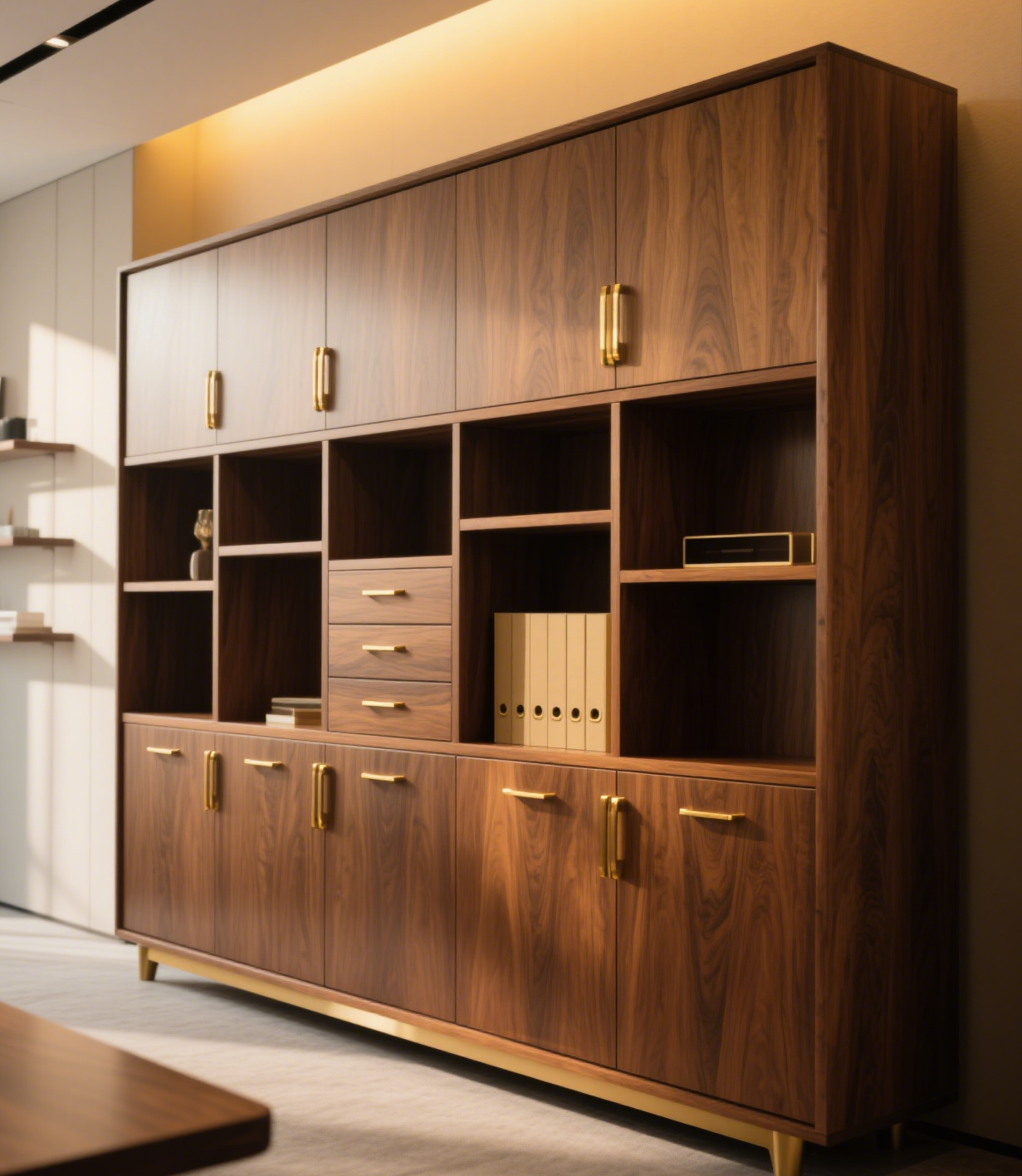
When dealing with international furniture trade, understanding the differences in maintenance between solid wood and engineered wood furniture is crucial. This guide is designed to help you, as an exporter or distributor, provide your overseas customers with the knowledge they need to properly care for these two types of furniture, thus enhancing customer satisfaction and loyalty.
The differences between solid wood and engineered wood furniture are fundamental. Solid wood, known for its natural beauty and durability, has high hygroscopicity. It can absorb and release moisture according to the surrounding environment, which makes it more sensitive to humidity changes. Engineered wood, on the other hand, is made by bonding wood fibers or particles together. It has relatively lower hygroscopicity but may be less durable in the long - term and more sensitive to improper cleaning.

Moisture control is a key aspect of furniture maintenance. For solid wood furniture, it is recommended to use dehumidifiers or moisture - absorbing boxes in humid environments. You can also manage ventilation and monitor humidity levels regularly. For example, in areas with high humidity, placing a dehumidifier in the room can keep the humidity between 40% - 60%, which is ideal for solid wood furniture. Engineered wood furniture also needs proper moisture control. However, since it is less resistant to moisture, it may require more careful ventilation management and the use of humidity - monitoring devices.
| Tool | Usage for Solid Wood | Usage for Engineered Wood |
|---|---|---|
| Dehumidifier | Place in the room to maintain 40% - 60% humidity | Use in high - humidity areas, monitor humidity closely |
| Moisture - absorbing box | Place near the furniture | Place in the cabinet or near the furniture |
When it comes to cleaning, the type of surface coating matters. For solid wood furniture with a paint coating, use a mild, pH - neutral cleaner and wipe gently with a soft cloth. The cleaning frequency can be once a week. For furniture coated with wood wax oil, a dry or slightly damp cloth is sufficient, and cleaning can be done every two weeks. Natural wood surfaces require more gentle cleaning, and it is recommended to use a specialized wood cleaner. Engineered wood furniture also needs to be cleaned according to its surface coating. However, be more cautious as it may be more sensitive to strong cleaners.

Scratches are inevitable during the use of furniture. For solid wood furniture, there are several cost - effective solutions. Toothpaste can be used to repair minor scratches on painted surfaces. Apply a small amount of toothpaste to the scratch and rub gently with a soft cloth. Wood wax oil can also be used to fill and repair scratches on natural wood or wax - oil - coated surfaces. For deeper scratches, the hot - compress method can be tried. For engineered wood furniture, similar methods can be used, but be careful not to over - treat the surface.
"Proper furniture maintenance can significantly extend the service life of furniture. We had a customer who followed our maintenance advice, and their furniture remained in excellent condition for over 10 years, which greatly reduced the return rate." - Furniture Expert
Let's look at some real - world customer cases. A customer in Europe purchased a set of solid wood furniture. Due to improper moisture control, the furniture started to warp. After following our advice on moisture control and using the recommended cleaning methods, the furniture was restored to its original state. Another customer in Asia bought engineered wood furniture and accidentally scratched it. By using the toothpaste method, the scratch was barely noticeable. These cases show that proper maintenance can save your customers from unnecessary losses and complaints.

International customers may overlook some important details. For example, after sea transportation, it is necessary to check the furniture carefully when unpacking. Furniture may experience temperature and humidity changes during transportation, so it needs a certain period to adapt to the new environment. This adaptation period should be considered when placing the furniture in the room.
By providing your customers with this comprehensive furniture maintenance guide, you can enhance their satisfaction and loyalty, and ultimately increase your product's repurchase rate. Let your customers no longer complain about improper furniture maintenance. The secret to increasing the repurchase rate is hidden in this guide. Click here to learn more about furniture maintenance and boost your business!











